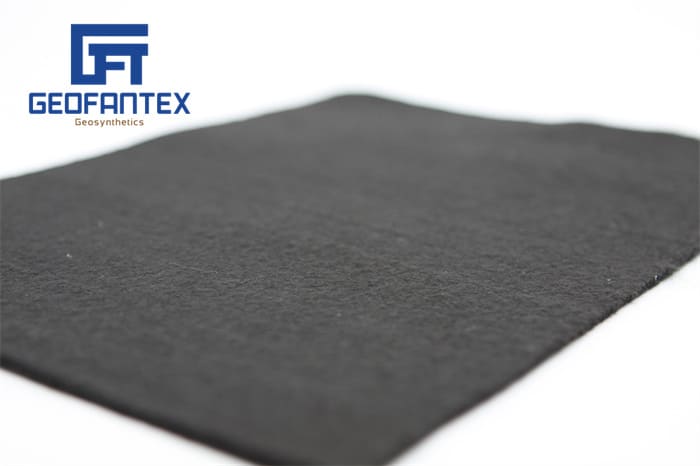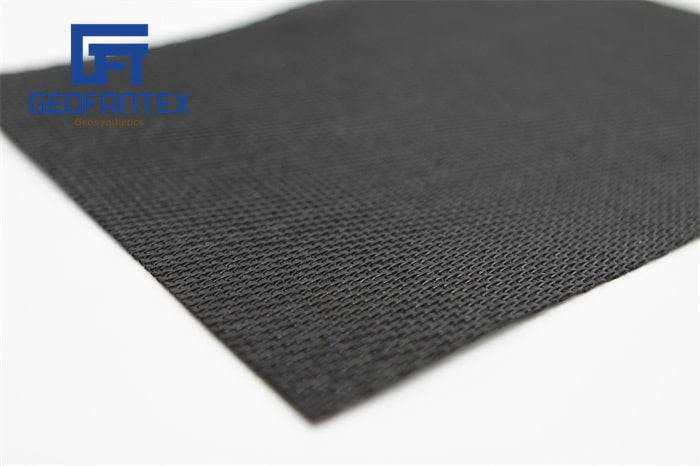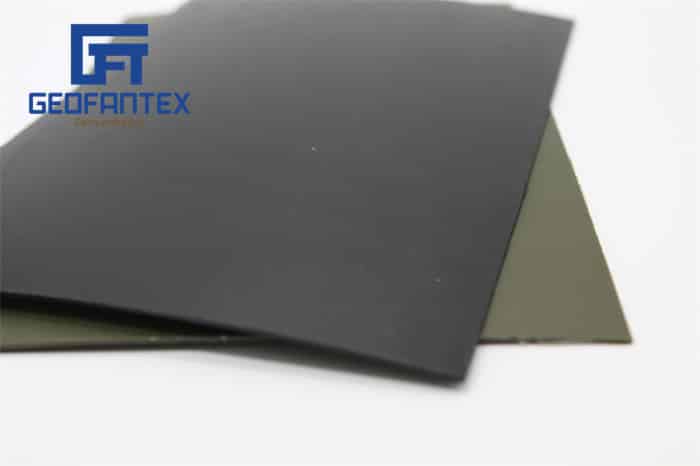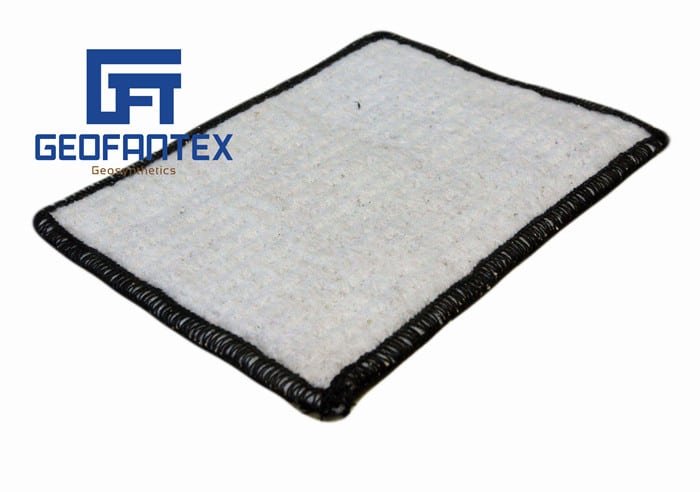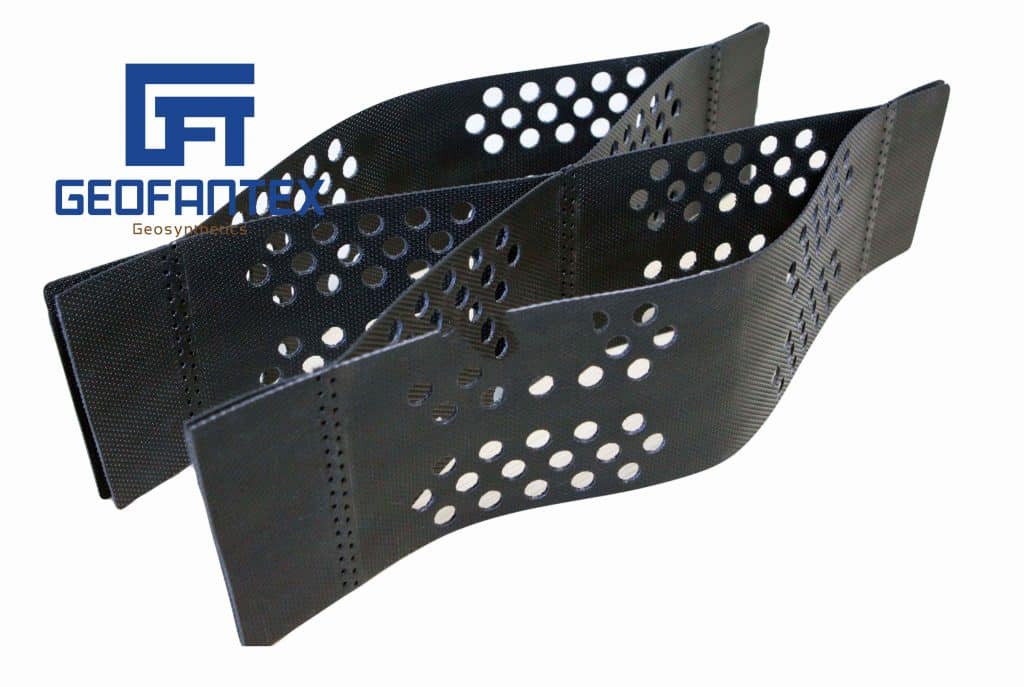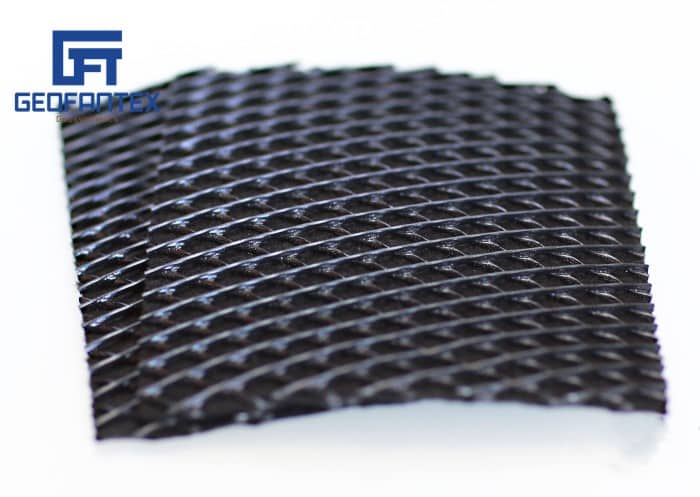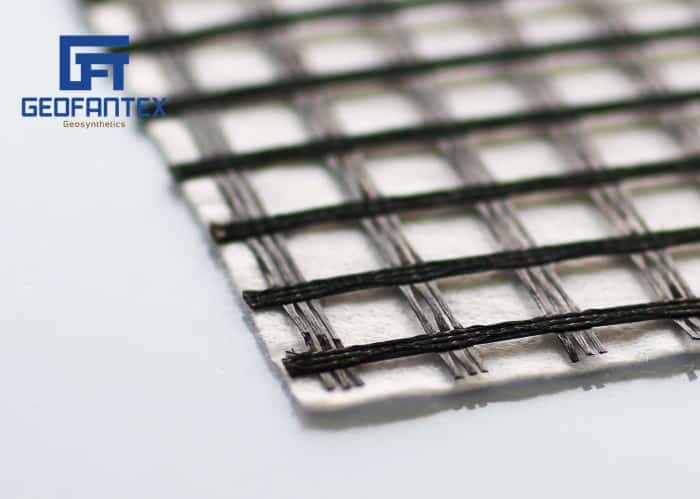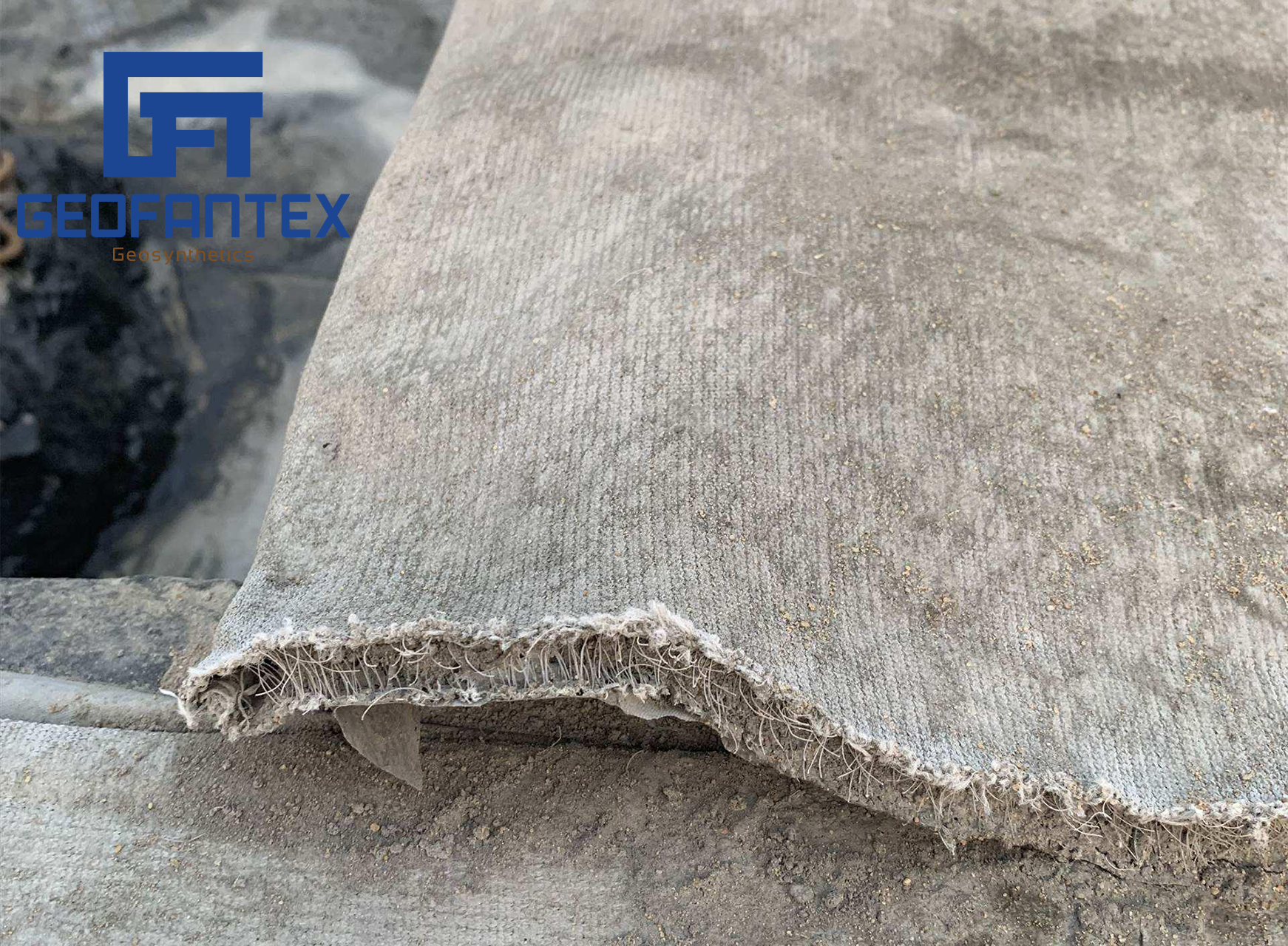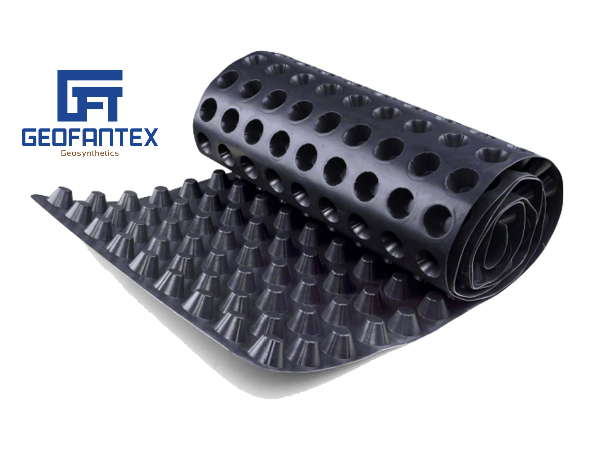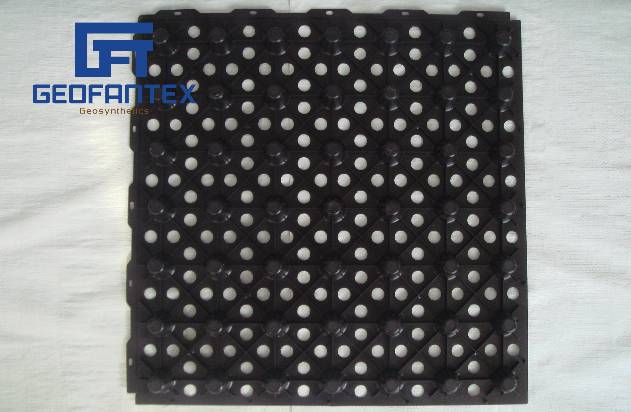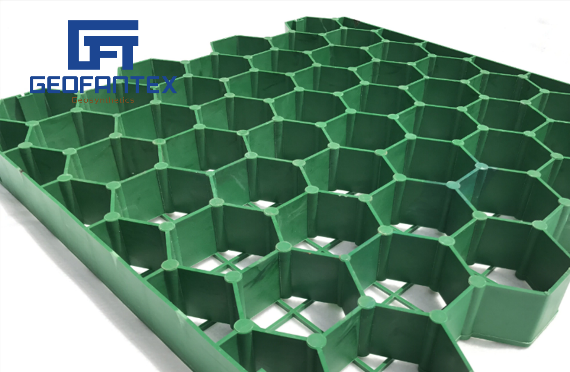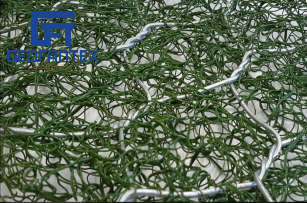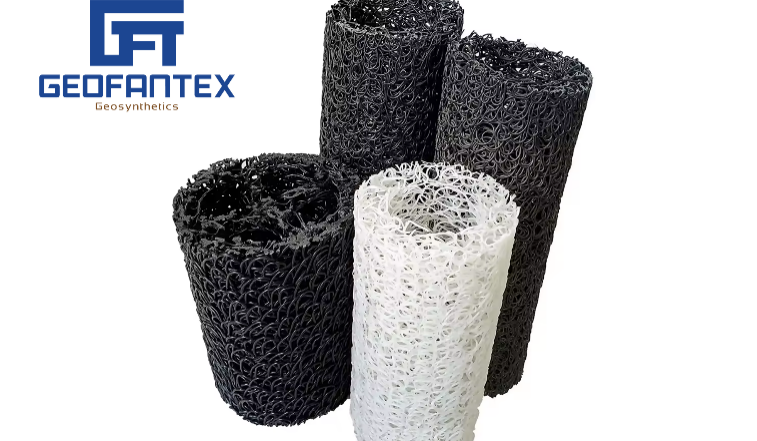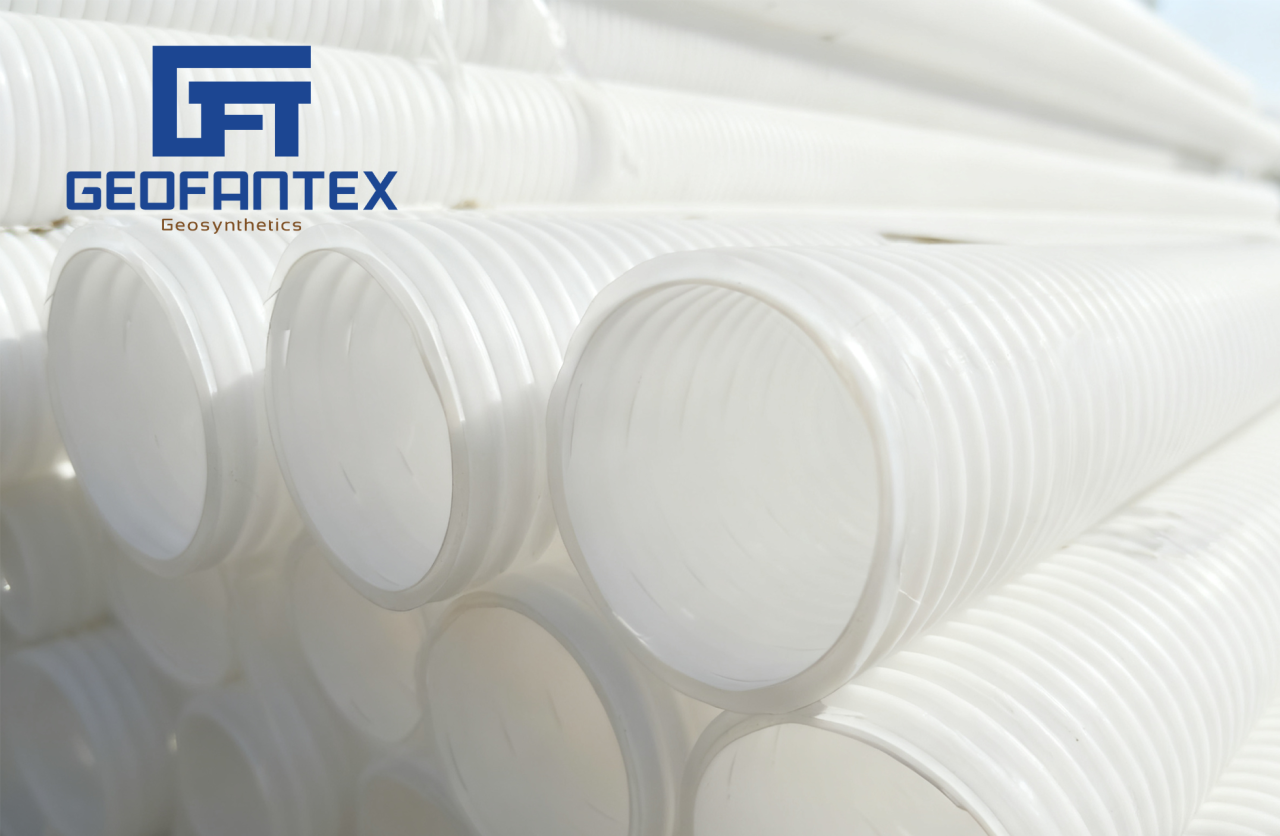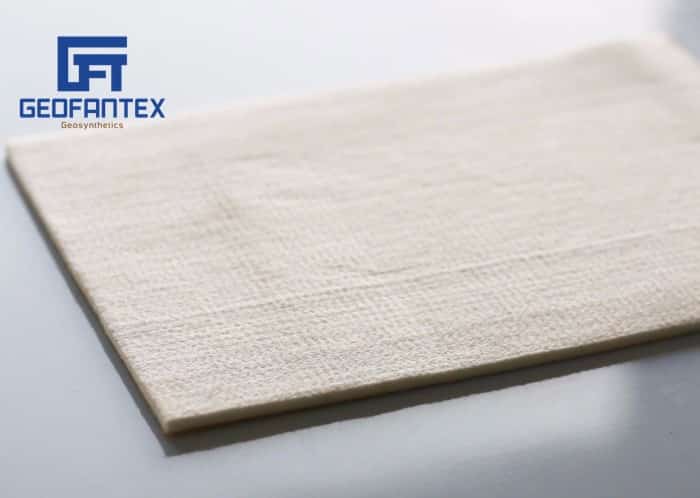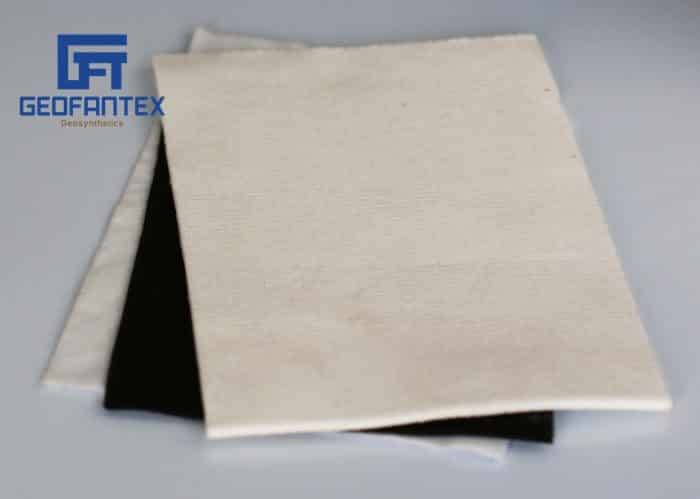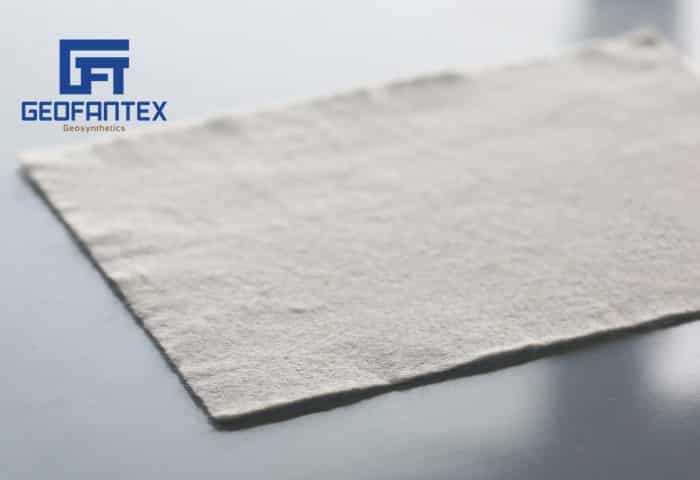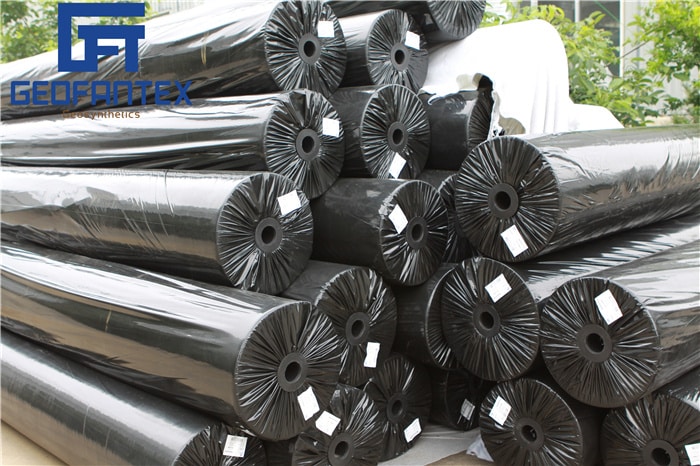+86-159 9860 6917
info@geofantex.com
geofantex@gmail.com
+86-400-8266163-44899
Geosynthetics engineering plays a vital role in modern civil engineering, offering innovative solutions to a wide range of construction and environmental challenges. Geosynthetics, including materials like geotextiles, geomembranes, and geogrids, are used in applications such as soil stabilization, erosion control, and water management. In this article, we explore the differences between geosynthetics and geotextiles, the role of geosynthetics in civil engineering, and practical examples of these materials in use.
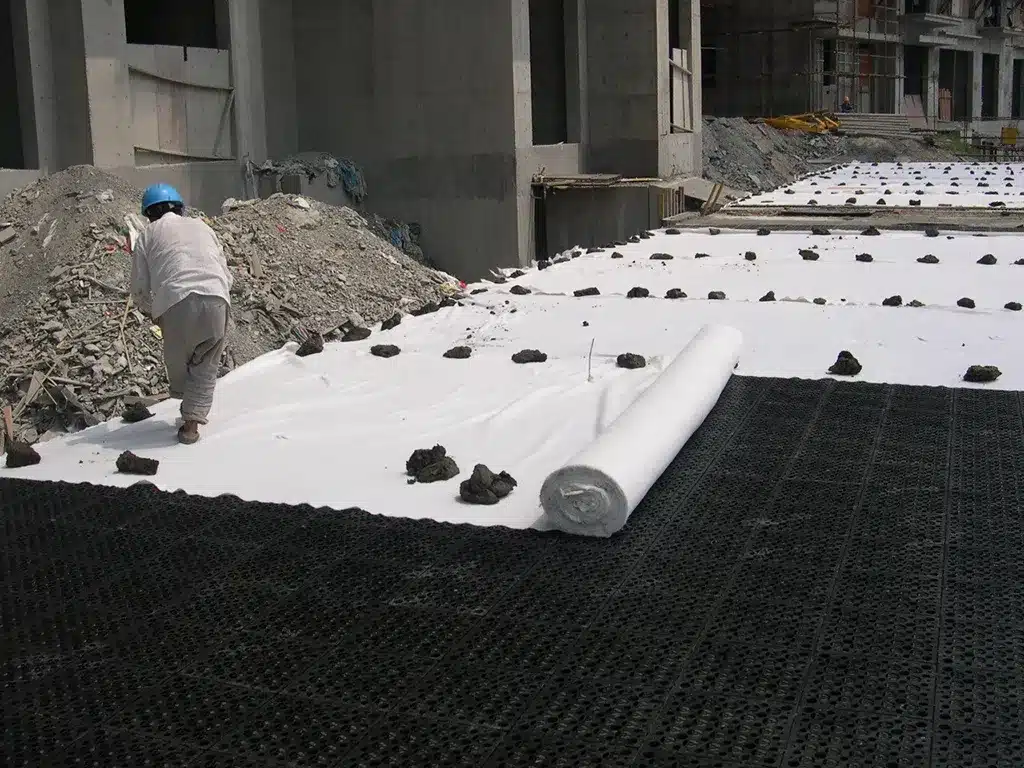
Types of Geosynthetics and Their Applications
- Geotextiles – Used for soil stabilization, filtration, and erosion control.
- Geomembranes – Impermeable liners for landfills, ponds, and containment barriers.
- Geogrids – Reinforce soil in retaining walls, slopes, and road bases.
- Geonets – Provide drainage in landfills and roadbeds.
- Geocomposites – Combine geosynthetics for filtration, drainage, and reinforcement.
- Geocells – Stabilize soil for slopes, embankments, and pavements.
Geosynthetics enhance durability, stability, and environmental protection in construction.
What is geosynthetic in civil engineering?
In civil engineering, geosynthetics are synthetic materials used to enhance the performance, durability, and stability of soil and structures. They are made from polymeric materials and are widely used in construction projects for reinforcement, separation, filtration, drainage, and containment.
Types of Geosynthetics
- Geotextiles – Permeable fabrics used for filtration, separation, and reinforcement.
- Geomembranes – Impermeable sheets used for waterproofing and containment (e.g., landfill liners).
- Geogrids – Rigid or flexible grid-like structures used for soil reinforcement.
- Geonets – Mesh-like materials designed for drainage applications.
- Geocomposites – Combinations of different geosynthetics to achieve multiple functions.
Applications in Civil Engineering
Composite drainage boards are widely used in civil engineering due to their excellent drainage and protective properties. Some key applications include:
- Landfill Construction: Used in landfill systems to manage leachate and water flow while preventing soil contamination.
- Retaining Walls: They help relieve hydrostatic pressure behind retaining walls, preventing water buildup and reducing the risk of wall failure.
- Green Roofs: Employed in green roof systems to promote water drainage, reduce water retention, and protect the roof membrane.
- Basement Waterproofing: Utilized in foundation and basement waterproofing to prevent water infiltration and protect the building structure.
- Slope Protection: Installed to manage water flow on slopes, preventing erosion and soil movement.
- Roads and Highways: Used in road construction, particularly for drainage under roadbeds to prevent water accumulation and ensure proper drainage.
These applications help in improving the longevity of structures and ensuring the efficiency of drainage systems.
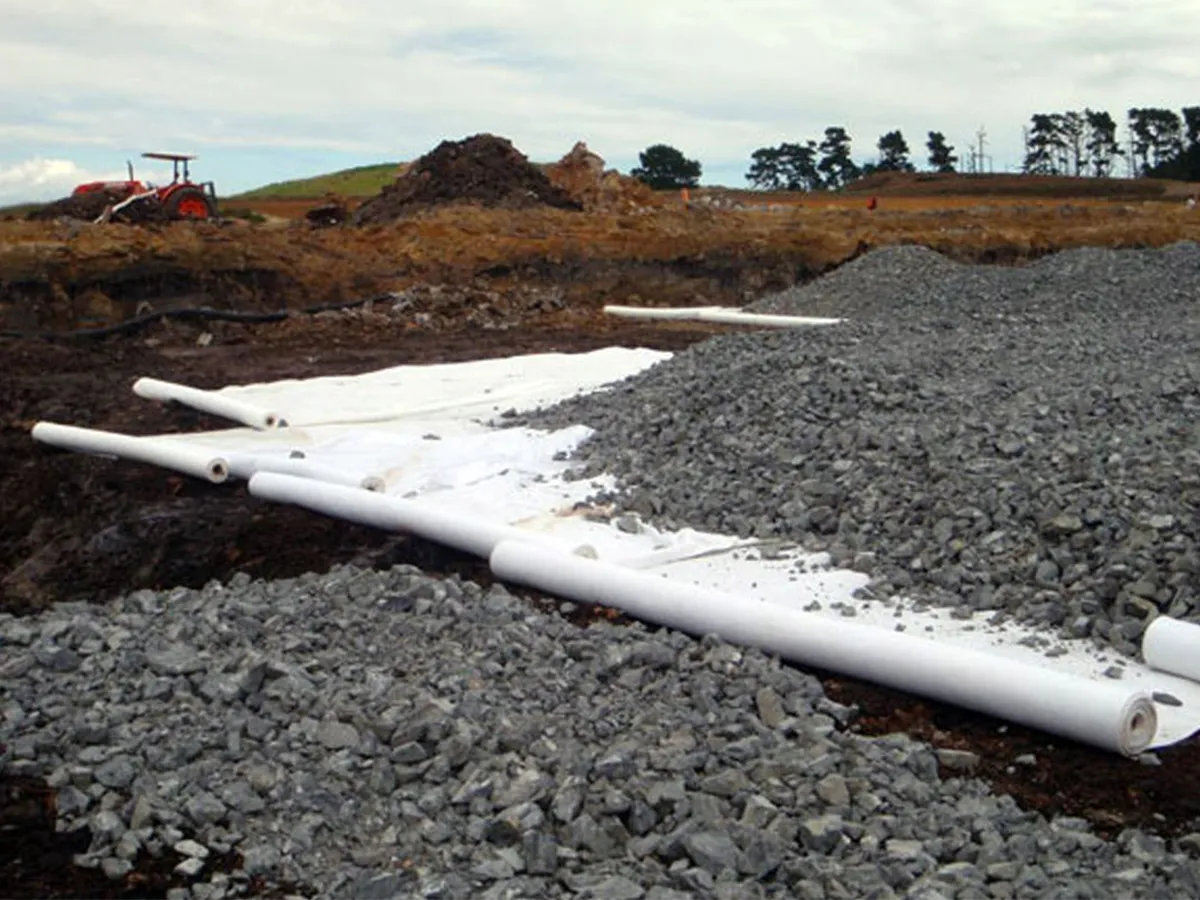
Key Applications in Civil Engineering
- Soil Stabilization: Geosynthetics, particularly geogrids and geotextiles, are used to reinforce weak soils and improve their strength and load-bearing capacity, especially in road construction and embankment projects.
- Erosion Control: Geotextiles and geomembranes help prevent soil erosion in areas prone to heavy water flow, such as riverbanks, coastal regions, and slope stabilization projects.
- Drainage Systems: Geosynthetics, including geotextiles and geonets, are utilized for water drainage applications, allowing for efficient movement of water while maintaining soil integrity.
- Road Construction: Geosynthetics are crucial in road building, where geogrids and geotextiles reinforce soil layers, reduce the need for aggregate, and enhance road longevity.
Benefits of Using Geosynthetics
- Cost-Effectiveness: Geosynthetics reduce the need for traditional construction materials like gravel or concrete, leading to significant savings in material costs and labor.
- Durability and Longevity: These materials are designed to withstand harsh environmental conditions, such as high moisture, UV exposure, and heavy loads, ensuring long-lasting performance in infrastructure projects.
- Environmental Sustainability: Geosynthetics support sustainable construction practices by reducing material consumption, minimizing soil disturbance, and offering solutions for waste containment and water management.
Geosynthetics engineering offers versatile materials like geotextiles, geomembranes, and geogrids to address various challenges in civil engineering projects. Geosynthetics, while including geotextiles, are not limited to them. These materials play crucial roles in soil stabilization, water management, and environmental protection, making them essential components in modern infrastructure. Understanding their applications helps ensure the success and durability of engineering projects.
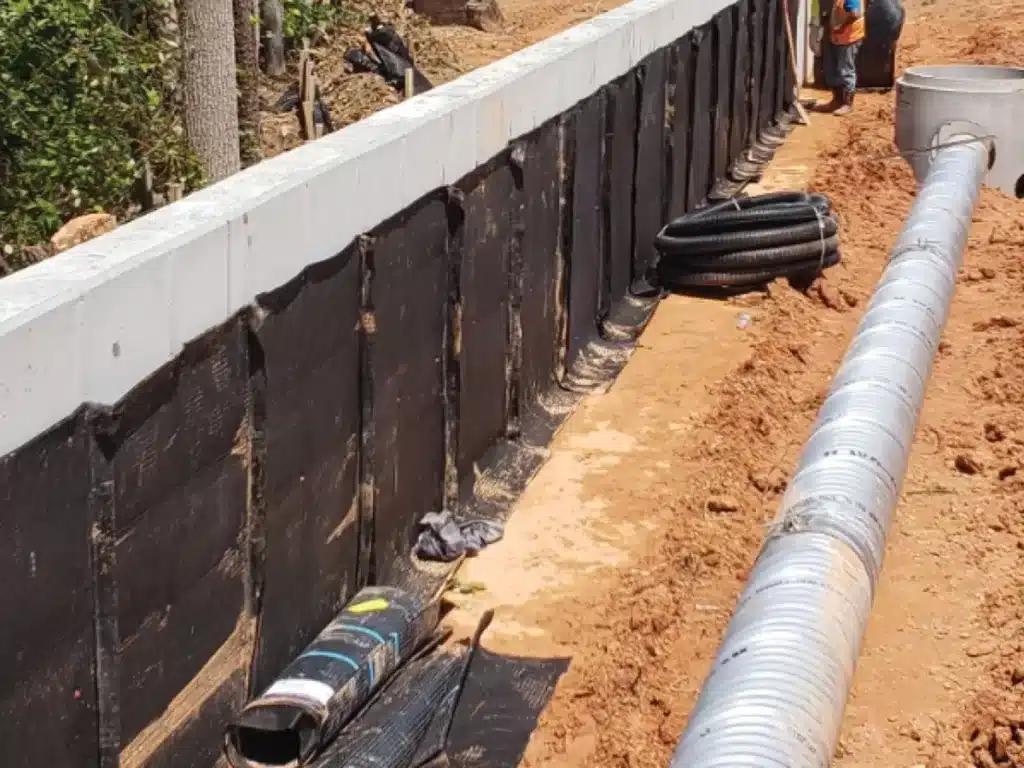
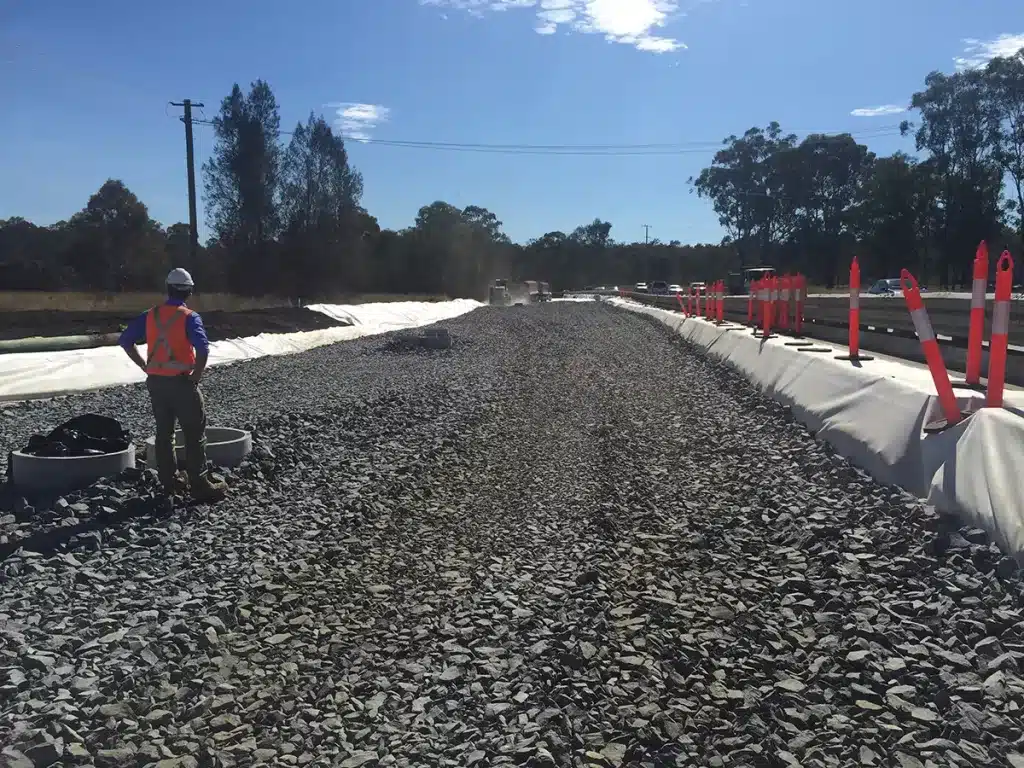
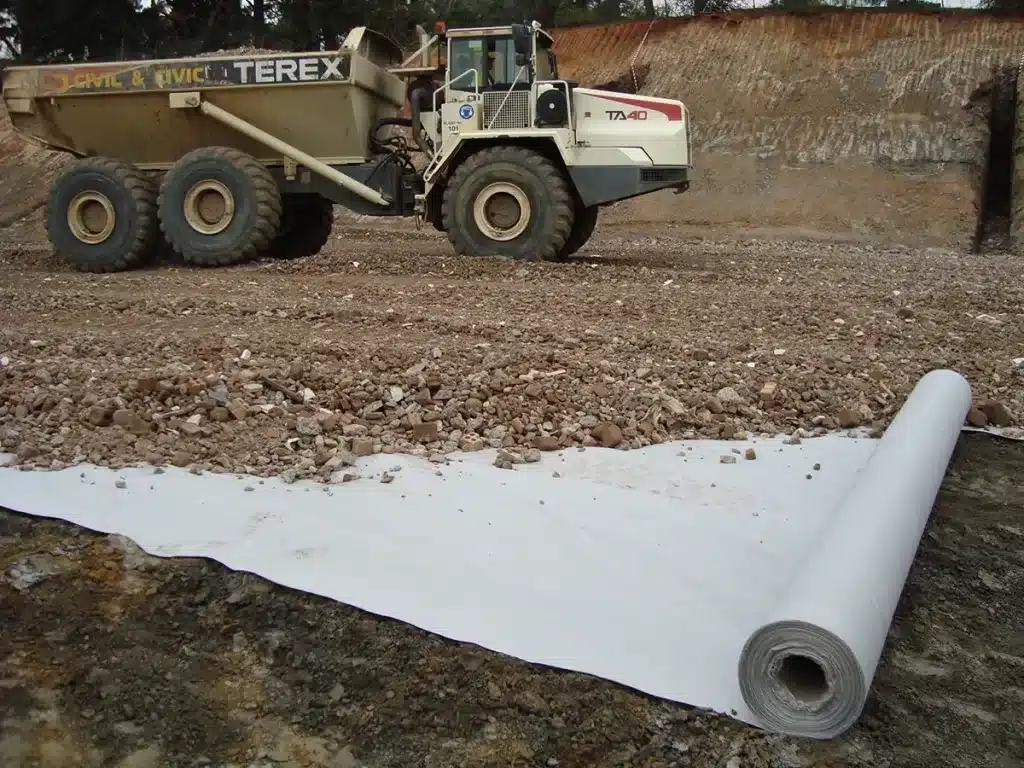
Get Free Sample
We’ll respond as soon as possible(within 12 hours)

